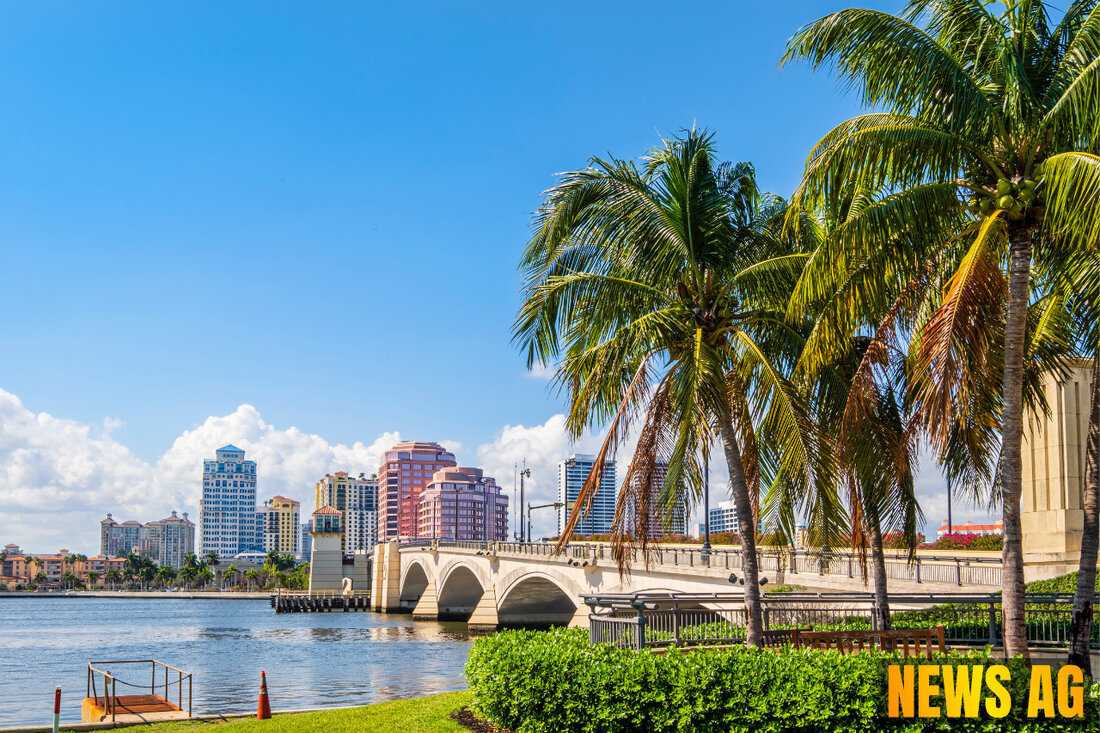From Reform Schools to Death Row: The Haunting Legacy of Florida's Abuse
Explore the legacy of Florida's reform schools, examining abuse, death row inmates, and recent legislative actions for survivors.

From Reform Schools to Death Row: The Haunting Legacy of Florida's Abuse
The troubling legacy of Florida’s reform schools has resurfaced, shedding light on a dark chapter in the state’s history. Former students from the now-closed Dozier School for Boys and Okeechobee School for Boys have found themselves in unexpected positions, with at least 50 of them—19% of Florida’s death row inmates—having killed at least 114 people. As we ponder the implications of this grim statistic, questions arise about justice, accountability, and rehabilitation.
Many of these boys were not hardened criminals; they were convicted of minor offenses such as theft or truancy, and in some cases, they were orphans sent to the schools for lack of family support. The abuse they experienced at these institutions, where reports of mistreatment date back to early 1900s, has led many experts to suggest a direct link between the trauma they endured and their violent behavior later in life. Studies indicate that such experiences can profoundly affect brain development, contributing to cycles of violence.
Reflecting on Past Trauma
„It’s unbelievable what we went through,“ said Willie Brown, a former attendee of Okeechobee, recalling the physical punishment he and his peers faced for minor infractions. The school was marred by abuse allegations almost immediately after opening in 1955, mirroring the horrors reported at Dozier, which closed in 2011 amid findings of 55 unmarked graves. The Florida Department of Law Enforcement investigated Dozier, but found little tangible evidence to act upon. Meanwhile, the U.S. Department of Justice later affirmed the presence of harmful practices within these schools, yet no one has been convicted for the abuse inflicted upon the boys.
As recently as this year, Florida Governor Ron DeSantis signed a bill to allocate $20 million for the survivors of these notorious reform schools, giving hope to those who suffered. For many, now in their 70s, this marks the first official recognition of their trauma, allowing them to apply for compensation for their suffering. Survivors like James Harckom, who endured 72 days in solitary confinement, and James Anderson, who recalls the emotional scars from brutal beatings, express a mixture of skepticism and hope about whether these funds can truly address their longstanding pain.
A Legacy of Unaddressed Pain
Despite the Florida government issuing a public apology in 2017 for the abuses in these reform schools, the haunting legacy remains. Inside the walls of Dozier, former students like Michael Bell, executed in 2023 for multiple murders, and Loran Cole, who faced execution in 2024, have become symbols of the system’s failure to rehabilitate those who entered with minor offenses. Research indicates that at least 36% of these youth committed homicide shortly after their release, often before they reached the age of 18. What does this say about a system that was designed to reform, yet often led to further traumatization?
The data from the Florida Department of Juvenile Justice underscores the ongoing impact of these facilities. Their current operations focus on providing custody and mental health services to juveniles, but can we ignore the past? How do we reconcile a state that has both acknowledged its failures and yet has left significant questions unresolved?
Calls for the commutation of death sentences for these former students come amidst an increasing awareness of the ethical dilemmas surrounding capital punishment for individuals shaped by childhood abuse. As the state wrestles with its past, it stands at a crossroads, facing not only the urgency of justice for survivors but also the broader implications of a system in dire need of reform.
